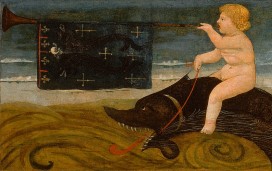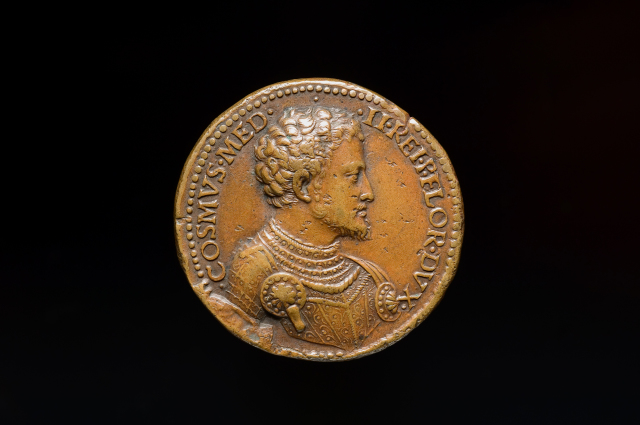
During the Middle Ages and Renaissance, being from a noble family meant more than just being wealthy. The nobility formed a social and political unit, where members served in positions of power in government, economics, and the arts. Rather than emphasizing cash flow, family power often came from a variety of different sources, including marriages like the Pazzi/Borromei wedding. This resulted in a system of governing where personal relationships had political consequences. Noble families were at the center of progress and development during this time.
Symbols and coats of arms were very important to noble families. Noblemen often met on battlefields, where suits of armor and helmets made it difficult to tell each other apart. To make it easier, knights painted specific patterns, symbols, and animals onto their shields. This slowly developed into standardized and well-known family heraldry. A noble person from the Renaissance could see the design on the cassone lid and immediately know that it was for the Pazzi/Borromei wedding, simply because they were trained to read and recognize their coats of arms. Today, the lid does the same for us, and helps us to understand more about power and nobility during the Renaissance.
Cassone Lid Activity Guide




